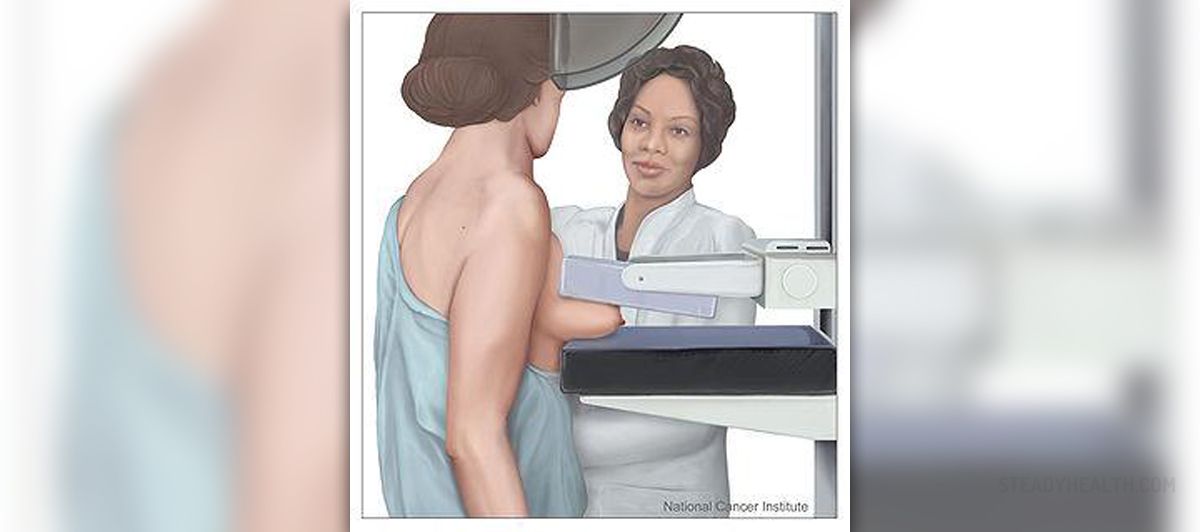
Many women fear breast cancer are very cautious regarding their health, bearing in mind that they have lead lives which promote well-being. However, the best way to prevent breast cancer is to undergo mammography, which is a special type of scanning which is capable of detecting this condition early.
So, if you desire to rule out breast cancer completely, taking a mammography exam is the proper choice to make.
Definition
Mammography is a special type of x-ray imaging where smaller doses of these forms of radiation are used in order to detect breast cancer early, or rule it out. Bearing in mind that x-ray imaging has been a part of human medicine for many years, you should known that this is an adequate and properly sensitive way of diagnosis.
However, since mammography has advanced significantly, there are two forms of the above mentioned imaging. Digital mammography is one of these, involving solid state detectors which transfer x-rays into electric signals, transferring them onto the computer screen in a similar way that a digital camera does.
On the other hand, the second type of mammography is called computer-aided detection and involves using already obtained images from other forms of mammograms. Namely, the computer searches the images for any anomalies which might indicate the presence of some forms of cancer.
Besides for diagnostic purposes, mammograms and mammography in general can also be useful due to their ability to show changes in the breast tissue several years before they actually become palpable. Therefore, many health organizations, including the American Cancer Society and the US Department of Health and Human Services, all recommend screening at least once a year.
Additionally, women should examine their breast tissue regularly, searching for any abnormal tissue changes or the presence of any lumps. Once they find these, they should seek medical assistance and have the problem adequately checked.
How Should You Prepare?
Many health experts recommend you to consult with your doctor before scheduling a mammogram, informing him/her about any medical history regarding hormonal therapies, surgeries or cancer in your family.
Due to the fact that your breast may be tender a couple of weeks before your period, avoid scheduling your mammogram during this period. Rather, opt for the best possible time, which is a single week after your period. Additionally, if you might be pregnant or you are with child, inform your health expert about this state of affairs.
Furthermore, you are advised not to use deodorants, talcum powder or lotions for your armpits. These can appear as calcium spots on the mammogram, confusing you and your doctor. Once you go to your scheduled meeting with your doctor, make sure you give all information about your condition and the reasons behind the examination per se.
The Procedure
Basically, a mammography device is nothing more than a box inside of which tubes are located. The tubes produce x-rays. However, in order for the images to be clear for the diagnosis, the breast examined needs to be pressed in position.
Since x-rays pass through almost anything, being a form of radiation, they go through the breast tissue with no problems. When this happens, the mammography device records the process, storing it in an image. Now, bones and other thick tissue absorbs these x-rays while they smoothly penetrate and go through other, softer forms of tissue such as muscles, skin, organs and fat. Therefore, the final image will show bones white, other tissues gray and the air black.
All in all, once you pay your doctor a visit for your scheduled mammography, a radiologic specialist will place your breast inside the mammography device, pressing it with a Plexiglass paddle gradually.
During the scanning, you will probably need to move your breast into a different position, doing the same for the other one as well, keeping your body still and calm in order for the images to be proper. The entire process of mammography last for about half an hour.
Keep in mind that the compression during the mammography can lead to discomfort in some women. Thus, make sure you schedule your appointment once your breasts are not tender. If your doctor or radiologist find that you need to have another imaging performed, you will be summoned once more after the results of the first one are done.
According to various statistical data, in 1987, about 29 percent of all US women older than 40 underwent mammography during the course of two previous years. The numbers skyrocketed to 52% by the 1990 and to 70% by the year 2000. Additionally, in 2008 67% of women aging 40 or more, had a mammography done recently.
All in all, mammography is a crucial tool for the detection and early treatment of breast cancer. Therefore, it is more than a valuable way of treating this cruel disease. There are several types of mammography that can be performed, depending on the equipment used and some other factors.
The procedure is not too long nor too uncomfortable. Yet, it has the power to give you life and a happy future. So, check your breasts for any tissue changes regularly and undergo regular, yearly mammography screenings.


_f_280x120.jpg)
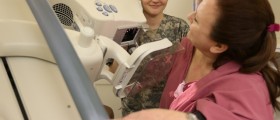
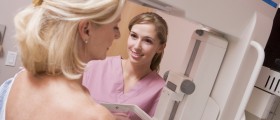
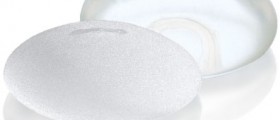

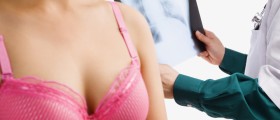
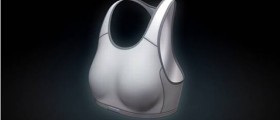

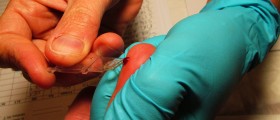


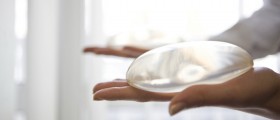
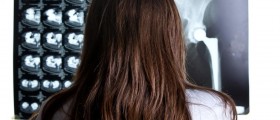
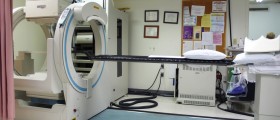
Your thoughts on this
Loading...